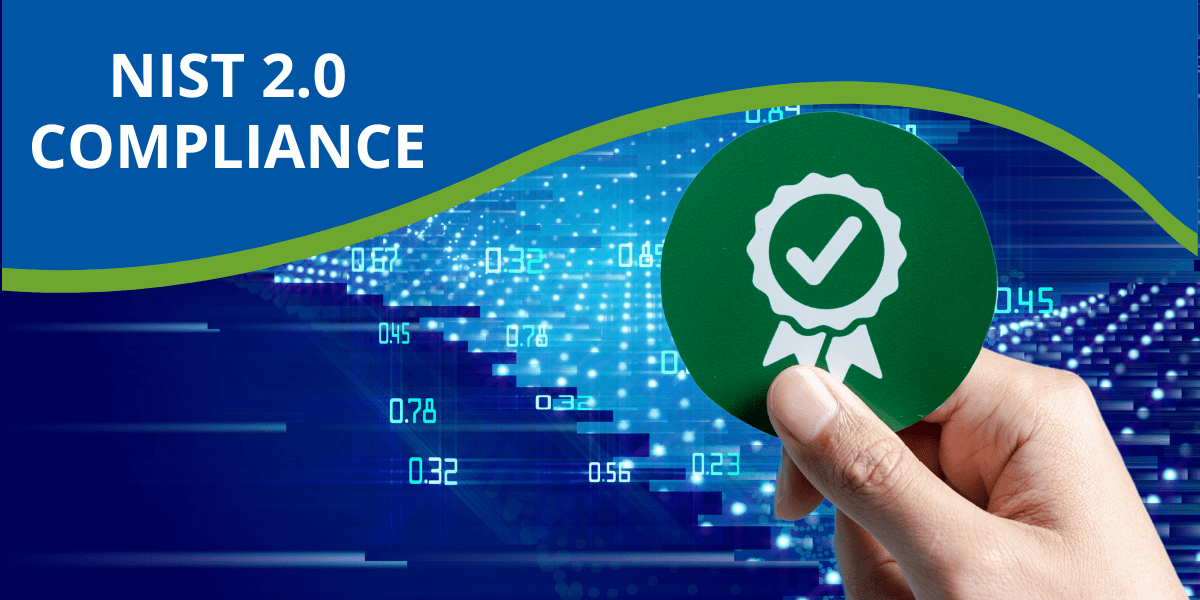Introduction to Risk Assessment Best Practices in Cybersecurity
As businesses continue to expand their digital footprint, the task of maintaining a secure IT environment has grown significantly more complex. Risk assessments play a pivotal role in identifying potential vulnerabilities and threats that may compromise business data’s integrity, availability, and confidentiality. In this post, we’ll explain the concept of risk assessment, its importance, and some common challenges organizations face while conducting it.
Why is Risk Assessment Crucial?
Risk assessments serve as the cornerstone of a successful cybersecurity strategy. They provide a comprehensive view of potential threats that can affect an organization’s digital assets. Not only are they fundamental in protecting valuable data and maintaining compliance with various regulations and standards, but they are also often mandated by customer contracts and legal business requirements.
In light of increasingly rigorous standards such as ISO 27001, PCI-DSS, HIPAA, and SOC 2, to name a few, risk assessments have gained paramount importance in the enterprise governance landscape. But despite their critical role, the process of conducting effective risk assessments often poses significant challenges.
Challenges in Conducting Risk Assessments
Organizations frequently encounter roadblocks when initiating their risk assessment process. Some common challenges include:
- Stakeholder Conflicts: Varied stakeholder perspectives on the importance and scope of risk assessments can lead to discord and impede the process.
- Methodology Selection: Determining the right approach and structure for risk assessment can be daunting.
- Management Acceptance: Management may hesitate to accept the risk assessment findings or make the necessary decisions to address the identified risks.
It’s crucial to establish a common understanding of the terms and methodologies used to overcome these challenges and ensure a robust risk assessment.
Establishing Definitions and Methodologies
A successful risk assessment begins by defining common terms such as “Assets,” “Event,” and “Risk Value.” For instance, assets can be classified as “information or technology,” and risk value is defined as the calculation of “likelihood x impact.”
The chosen methodology for estimating risk plays a crucial role in communicating the findings to stakeholders. Two commonly used methods are qualitative and quantitative.
- Qualitative Method: This method classifies risk impacts and probabilities as “high,” “medium”, or “low” relative to one another. This is helpful for creating risk registers, which are simplified versions of risks plotted on a chart where one axis represents probability and the other impact.
- Quantitative Method: Quantitative methods place a fixed cost on the impact of cybersecurity risk, which requires research into the business’s earnings, exposure, and expenses. These estimates can be easier to explain to the C-suite since they represent loss scenarios in financial terms.
Next Steps
Whether your organization is new to risk assessment or looking to optimize its current process, CorCystems is here to assist. With our experience and expertise in cybersecurity, we can guide you through each step of the risk assessment process, helping you navigate challenges and make informed decisions to protect your business. To learn more about our services, click here to get in touch with us today.



